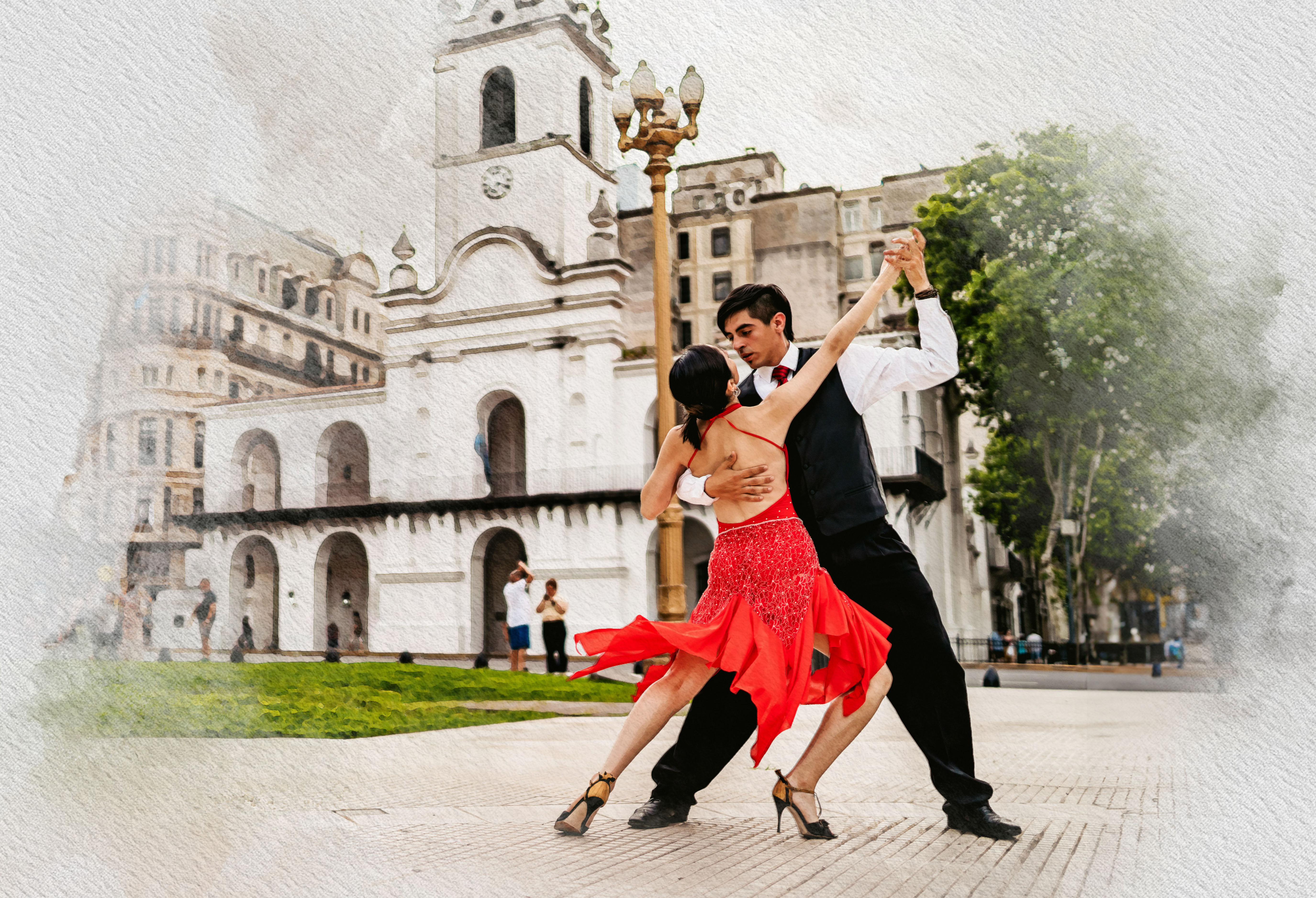Argentina’s stylish, often superheated, South American capital not only sings—it also dances. A lot. And although a city this big can feel unknowable, it’s actually easy to see a great deal—if you know where to look. Even if you have only a single day (and night!), you can tour its many neighborhoods, taste delicious flavors, and encounter its huge personality. If you still have a little energy left, maybe slide into a speakeasy, or two.
Note that it’s worth checking the rate before you go, and throughout your trip. Argentina’s currency remains volatile, with the value of the peso rising and falling dramatically even over a span of days and weeks. For the moment, it’s making the country an excellent value for those spending foreign currency—especially American dollars, which receive a very favorable rate if you’re using an international credit card.










